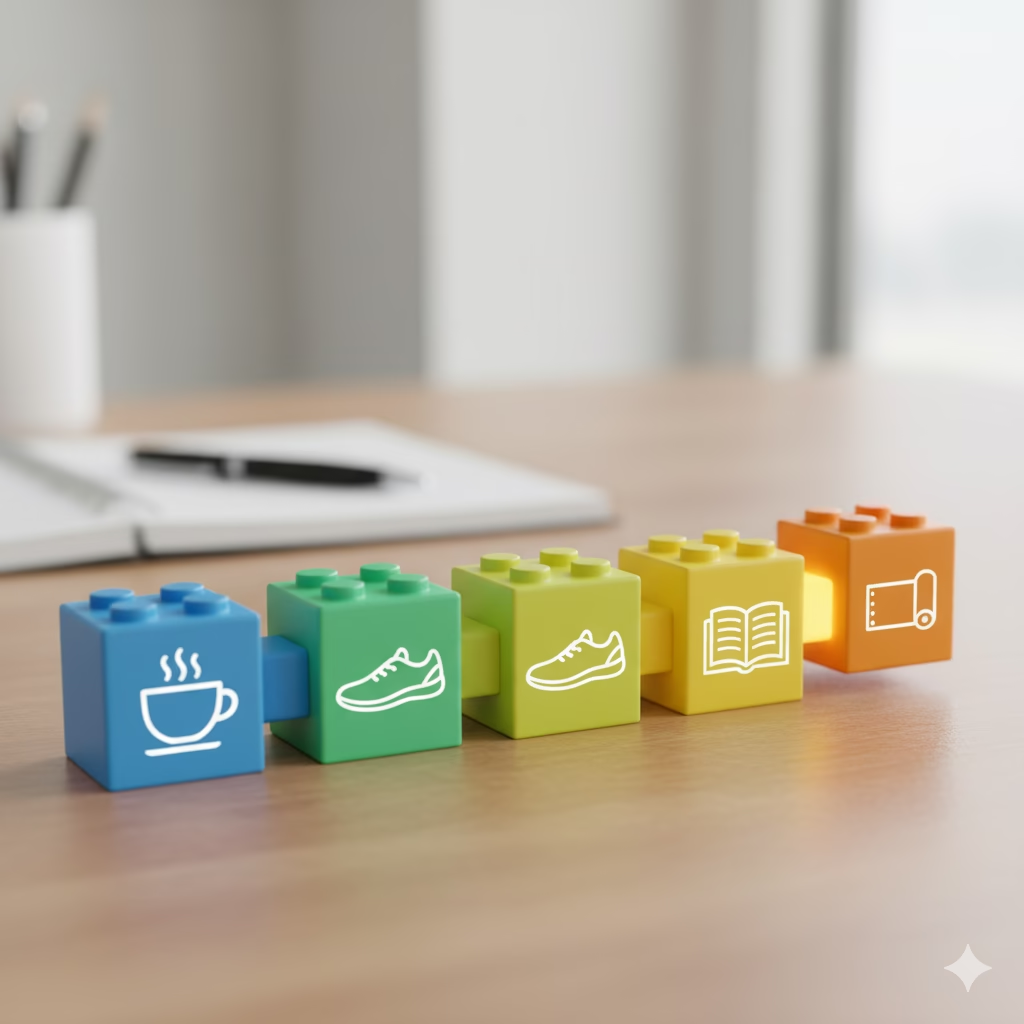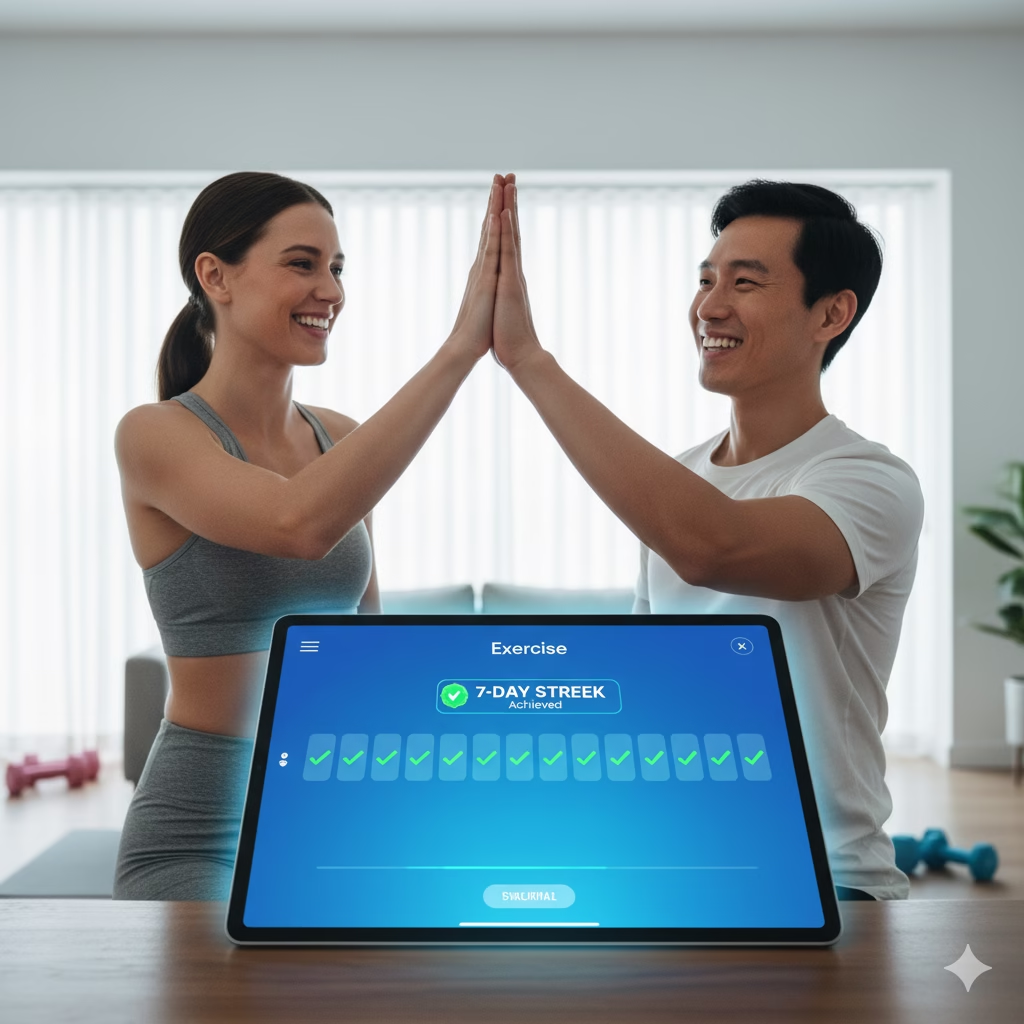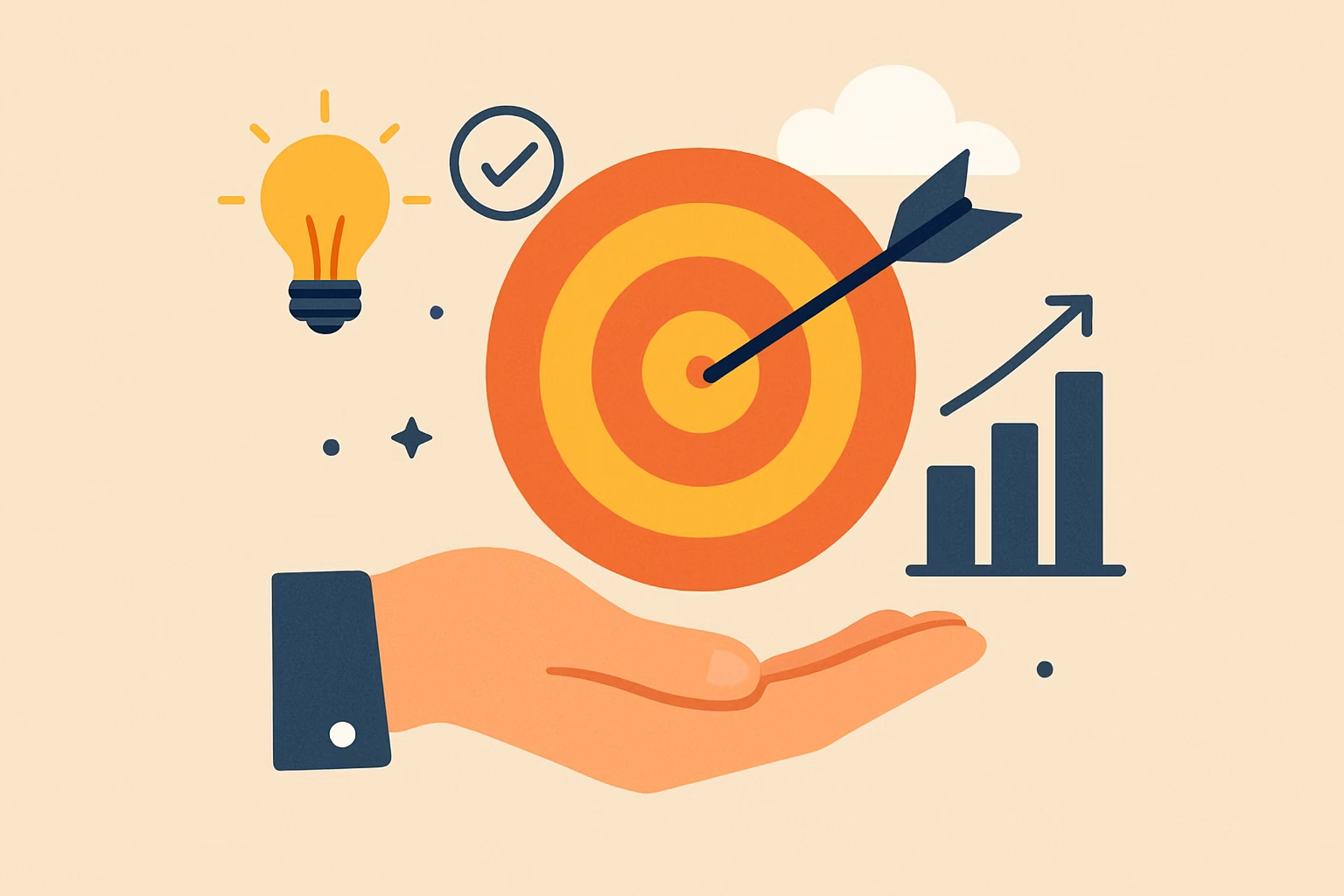
For many years, we have treated discipline like a muscle. We think you must use it until it is totally tired. We often praise the “grind” and the heroic work of willpower. But relying on willpower for habit building is a weak plan. Instead, you need to learn to Automate Self-Discipline. Willpower is a limited thing. It goes away quickly when you are stressed, distracted, or tired from making decisions.
Real progress and freedom come from accepting one key idea. Discipline is a reliable system, not a fleeting sacrifice. This system lets you Automate Self-Discipline.
This article shows you how to stop fighting your natural urges. It guides you to build automatic systems. These systems keep your big purpose-driven goals moving forward, even on your worst days.
Pillar 1: The Science of Consistency (Friction Management)
The fastest way to fail a new habit is to make it hard to start. The secret to consistency is changing the friction. This means making good habits easy and bad habits hard. This is the first step to truly starting to Automate Self-Discipline.
1. Habit Stacking: The Glue of Consistency
Do not rely on your memory to start a new habit. You must attach it to an old one. This technique is called Habit Stacking. It uses your daily routine as a starting cue.
- Formula: “After I [CURRENT HABIT], I will [NEW HABIT].”
- Example: If your goal is to stretch daily, stack it. Say: “After I turn off the coffee maker, I will do ten minutes of stretching.” The smell of coffee cues the stretch.
2. Friction Reduction: The Path of Least Resistance

Make the action you want to do the easiest path. Every small barrier you remove makes your chances of success much better. By the same token, make bad habits hard to do.
- For Good Habits (Reduce Friction): If you want to run, sleep in your running clothes. Leave your gym bag right by the door. The effort of getting dressed is gone.
- For Bad Habits (Increase Friction): If you use a certain app too much, delete it after every use. The effort of re-downloading it acts as a mental brake. This helps you Automate Self-Discipline by removing temptation.
Pillar 2: The Accountability Framework

Systems work best when they have clear rules. Accountability gives you the outside push and feedback you need. This keeps you going when your inner drive is low.
1. Public Commitment and Social Pressure
Telling someone your goal turns it from a private thought into a public promise. This uses the push of social pressure in a good way.
- Find an accountability partner. You can also join a group that is chasing a similar goal. Just knowing you have to tell another person your progress helps you follow through much more.
- The bad feeling of letting others down is often a stronger, quicker driver. This is more powerful than the long-term benefit of the goal itself. Use that power wisely to help Automate Self-Discipline.
2. The Power of the Feedback Loop
Habits grow fast on quick rewards. Tracking your progress, even with a simple checkmark on a calendar, creates a quick visual reward. This gives you a feeling of success. This builds a strong loop:
- Act: Do the habit.
- Reward: Right away, mark your progress (the visual checkmark).
- Desire: Seeing the chain of progress makes you want to keep it going.
This simple tracking changes hard discipline into a simple game of consistency.
Pillar 3: The Identity Hack

For habits to last forever, they cannot just be things you do. They must become things you are. This strongly links back to your purpose-driven goals. It focuses on your identity rather than just a quick win.
1. Define the Person, Not the Outcome
Stop setting goals focused only on the result (the outcome). Instead, set habits that prove your new identity.
| Outcome-Focused Goal | Identity-Focused Habit |
| “I want to finish a book.” | “I am a writer. Writers write every day.” |
| “I need to save money.” | “I am financially safe. I send funds right away every payday.” |
Every action you take is like a vote for the type of person you want to become. The more votes you cast, the stronger that new identity gets. This helps you naturally Automate Self-Discipline.
2. The Smallest Possible Habit (The 2-Minute Rule)

When you start, the habit must be so easy that you cannot skip it. The goal is to master the art of showing up. Do not worry about maximum work. Use the 2-Minute Rule. Scale every habit down to something that takes two minutes or less.
- Goal: Read before bed. ➡️ 2-Minute Habit: Read one sentence.
- Goal: Exercise daily. ➡️ 2-Minute Habit: Do ten squats.
Once you start the habit, momentum will often take over. You will find yourself doing more. But the real win is proving to yourself, “I am the type of person who never misses.”
Conclusion: From Effort to Automation

Long-term success is not built on big, heroic acts of motivation. It is built on small, regular systems that help you Automate Self-Discipline. They do this by making the right actions automatic.
By changing the friction, setting up accountability, and rooting your habits in a new identity, you move from constant effort to reliable automation. You stop needing to force discipline. Instead, you start simply living like the person you were inspired to become.
Suggested Educational References
These sources give you the science and strategy behind the ideas in this article:
- APA – What you need to know about willpower
- Healthline – The Science of Habit: How to Rewire Your Brain
- Ahead-app – The Science of Accountability: How Social Commitment
Recent Posts


